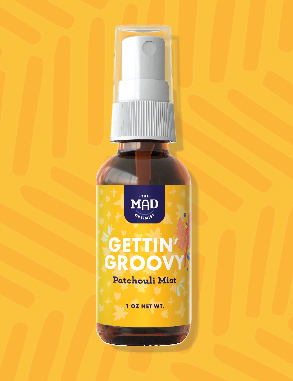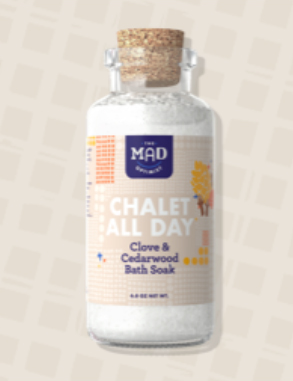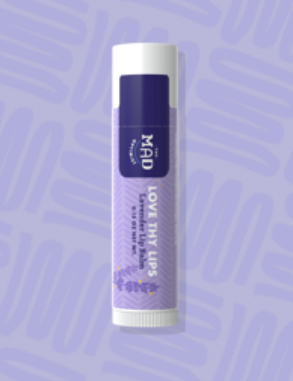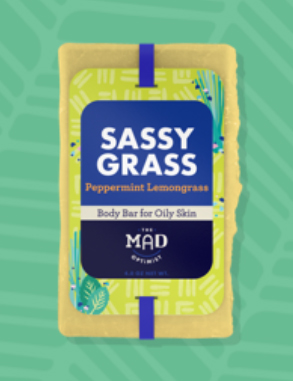Lavandin versus Lavender: What's the Difference?

When creating your own amazing bodycare products in our Product Builder, you may have noticed that in the Scents section, we have both “Lavender” and “Lavandin” as scent options. But what is the difference? Read on to find out!
Short Intro to Botanical Classification
To grasp the difference and similarity between Lavender and Lavandin, it’s helpful to know a little regarding plant classification. The most important levels of classification are family, genus, and species:
Family
Family is a broad division, that includes multiple types of plants. In the case of Lavender and Lavandin, they both are part of the Lamiaceae family, also known as the mint family. Other plants in this family include peppermint, rosemary, basil, and thyme. Interestingly, all plants of one family usually have at least one common identifying feature. For example, the plants of the Lamiaceae, or mint, family have square stems. (They really do, you should feel this for yourself!)
Genus and species: Roses, T-rexes, and Neanderthals, oh my!
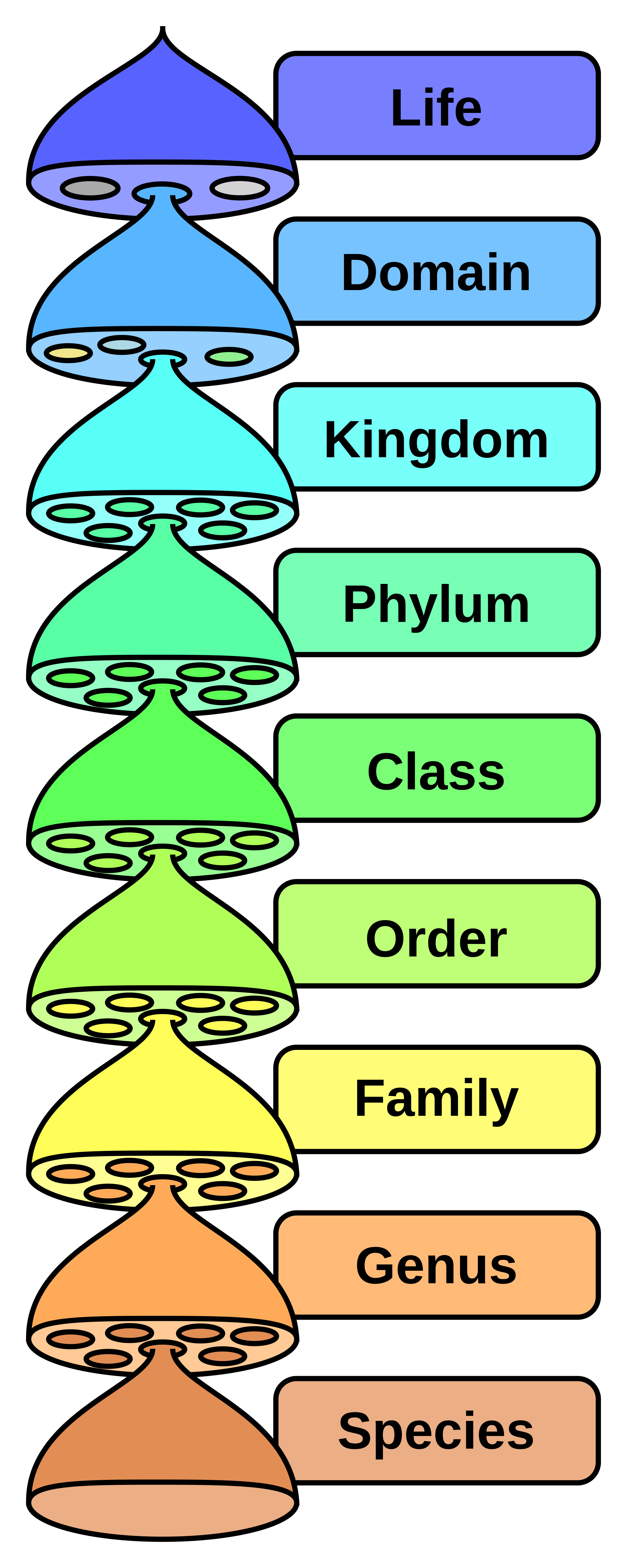
Genus is a more specific subdivision within a family. When we informally talk about a plant, such as an “oak” or “rose” what we’re usually referring to is the genus—the oak genus is "Quercus" and the rose genus is "Rosa." Similarly, the lavender genus is "Lavandula."
Now, within a genus, there is the final tier of classification—species. There are one or more species of plants within a genus and these species are essentially the different varieties of one type of plant. So, lavandin and lavender are just two species of the Lavandula genus (more on them below!).
FUN FACT!: When writing out the botanical or “Latin” name of a plant species, you write first the genus, then the specific epithet, like this: Tyrannosaurus rex (Tyrannosaurus is the genus, rex is the specific epithet within the genus). Another example: Homo sapiens (=humans), versus Homo neanderthalensis (=Neanderthals, also within the genus Homo).
Lavender - the genus Lavandula

The genus that we’re interested in is Lavandula, and all plants within this genus are considered to be “lavenders.” Within this genus, there are many subdivisions and species, and botanists are constantly revising their classifications. All in all, there are at least 20-40 species of lavender, all native to the Mediterranean (Southern Europe and Northern Africa) and the Middle East.
Of these many species, the varieties which are most used to produce essential oil are Lavandula angustifolia and Lavandula x intermedia (a.k.a. Lavandula hybrida).
Lavender - “True” or “English” Lavender
Lavandula angustifolia is what many people in the aromatherapy industry refer to as “true” lavender, though technically all plants in the Lavandula genus are in fact true lavenders. This variety is a widely grown garden plant, and produces an essential oil that is delicate, floral, and a bit sweet. Oddly, The Mad Optimist staff describe the scent as what a lavender Jolly Rancher candy would smell like (in a good way!).
Lavender pairs well with other sweet and fresh scents such as Lime. Here’s a recipe for a wonderful soap with these two scents, and a dash of coconut milk powder for extra moisturization: LavenderLime Bonanza.
Lavandin - Hybrid Lavender

Lavandula x intermedia (which is also known by the name Lavandula hybrida) is the variety of lavender commonly called “lavandin.” Lavandin is a naturally occurring hybrid between two lavender species: Lavandula angustifolia (see above) and Lavandula latifolia (a.k.a “Spike Lavender” - a pungent-smelling lavender native to Mediterranean Europe). Lavandin is especially known for producing a LOT of essential oil, up to 10x more than English lavender!
Lavandin has a powerful lavender scent, with an herbal, camphor-like undertone. Due to its strength and popularity, we’ve added it to many of our Customer Favorites recipes. Try out this soap design, with a bracing blend of Lavandin and Tea Tree: Lavandin Tsunami.
Side note: Are hybrids safe? Hybrids versus GMOs.
You might be curious about the fact that Lavandin is a hybrid, and whether hybrids are natural or safe. In short, hybrids are safe AND natural—they are crosses between two different species, and can occur with or without human intervention. Lavandin, for example, exists in the wild in southern France, where spike lavender cross pollinates with true lavender. Hybrids can typically only occur between two closely related species.
GMOs on the other hand, are entirely artificial, created when humans extract genes from one organism, and insert them into another, regardless of how closely related they are. We’ll be doing an article of GMOs in the future; for now, check out these links:
www.smallfootprintfamily.com/hybrid-seeds-vs-gmos www.organicconsumers.org/news/hybrid-seeds-vs-gmos#close
A Note on Aromatherapy
You might have noticed that we are NOT comparing or otherwise discussing the medicinal or aromatherapy uses of these two varieties of lavender.
Why is that? This is a topic for another post, however the core of the question lies with the rules and regulations put into place by the FDA in regards to various types of skin care products.
Basically, in regards to bodycare products, the regulations that we must follow ultimately derive from our marketing claims for our products:
- If we sell soap that simply cleans or cleanses, we have zero regulations from the FDA.
- If we sell products that moisturize, beautify, exfoliate or otherwise alter or enhance appearance, then our products are considered “cosmetics” for the purposes of regulation. This requires us to follow certain labeling guidelines, such as including the net weight, and having an accurate ingredient list. (Side note: this is in fact the category The Mad Optimist products fall into)
- Finally, if we claim that our products heal, medicate, or “help with” any particular medical condition, then our products would be regulated as “drugs” and then we’d be required to have a regulated drug production facility (costing will into the millions of dollars), plus have each product tested and verified as effective for its medicinal purpose. Any companies which make medicinal claims for their products must follow these (extremely expensive) rules.
So that’s why we don’t make any specific medical or aromatherapy claims for our products or ingredients. We’d love to communicate these benefits to our customers, however we choose to follow the rules, and instead encourage our customers to do their own research into aromatherapy and the medicinal benefits of ingredients.
Conclusion
TLDR: Lavender and Lavandin are both “lavenders” in the Lavender family with slightly different scent profiles: LavENDER is sweet and floral, LavANDIN is strong and herbal. Both are wonderful, and we’re happy to offer both at The Mad Optimist. :-)
Here’s one final recipe, this time for a moisturizing bar soap with a powerful blend of both Lavender and Lavandin, the best of both worlds! Check it out here: Double Lav Latherific Scrub
We hope you enjoyed this fragrant journey of learning! Please let us know if you have any questions or comments. :-)
Citations
- Bader, Sarah Berringer. The Lavender Lover’s Handbook: the 100 Most Beautiful and Fragrant Varieties for Growing, Crafting, and Cooking. Timber Press, 2012.
- Lis-Balchin, Maria. Lavender: the Genus Lavandula. Taylor & Francis, 2002.
- Mason, John. Growing & Knowing Lavender. ACS Distance Education.
- McNaughton, Virginia. Lavender: The Grower's Guide. Timber Press, 2000.
- Upson, Tim, et al. The Genus Lavandula. Timber Press, 2004.
- “The Difference Between Open Pollinated, Hybrid and GMO Seeds.” Small Footprint Family, 13 Feb. 2019, www.smallfootprintfamily.com/hybrid-seeds-vs-gmos.
- “Hybrid Seeds vs. GMOs.” Organic Consumers Association, www.organicconsumers.org/news/hybrid-seeds-vs-gmos.
